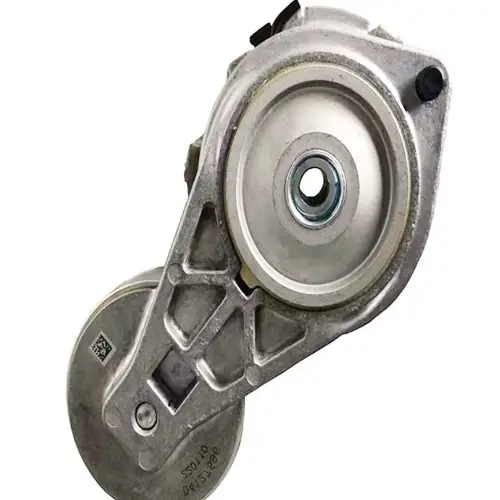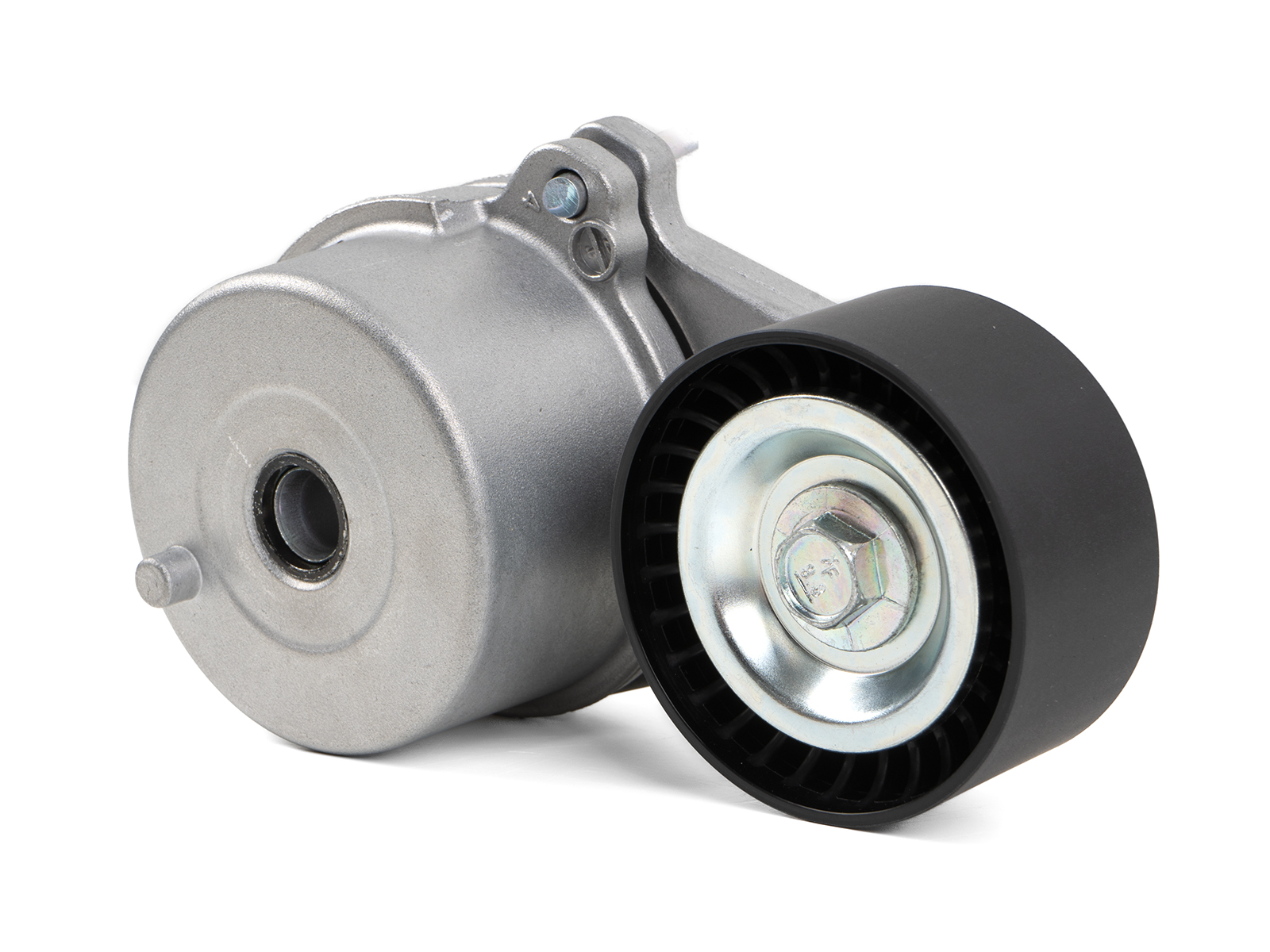
High-Quality Belt Tensioner for CHINAMFG Engines
Product Description
Our belt tensioner is designed specifically for CHINAMFG engines, and is made from high-quality materials to ensure optimal performance and longevity. With a parts number of 5712513, this OEM standard size belt tensioner is a reliable replacement part that is built to last.
| Parts Name | Belt Tensioner |
|---|---|
| Parts Number | 5712513 |
| Origin | ZheJiang, China |
| Size | High Quality OEM Standard Size |
| Warranty | 3 to 12 Months |
| MOQ | One Set |
| Packing | Neutral, Genuine, Customized Packing Paper Package, Wooden Packing |
| Shipping | DHL/FedEx/UPS/TNT/Aramex, Air & Sea |
| Delivery Time | Within 15 Workdays According to Your Order. |
| Payment | T/T, Western Union, Alibaba Online Payment |
Our belt tensioner comes with a warranty period of 3 to 12 months, depending on the product. During the warranty period, if any problems arise due to product quality, we will provide free parts to compensate.
Why Choose Us?
Our company specializes in supplying various industrial products, including agricultural gearboxes, power output shafts, sprockets, hydraulic couplings, worm gear reducers, racks, roller chains, pulleys, planetary gearboxes, timing pulleys, bushings, and more.
We pride ourselves on offering high-quality products at affordable prices, along with thoughtful and attentive customer service. We welcome custom orders based on drawings or samples, and strive to provide the best possible experience for our customers.

Frequently Asked Questions
1. How do I purchase diesel engine spare parts?
If you know the part number, simply provide it to us and we will supply the same part as yours. If you don’t know the part number, please provide the parts name and engine series number, and we will check the part number through the engine series number.
2. How long is the delivery time?
For complete engine and power units, our general delivery time is 15-30 days. For spare parts, our general delivery time is 5-15 days.
3. How do you arrange delivery?
For large products, we generally recommend shipping to your nearest port to save on shipping costs. For small items and urgent orders, we can also provide air shipment and send goods to the airport in your city or your company address.
4. What is the warranty period for your products?
We offer a warranty on all products sold. The warranty period for complete engine and power units is 1 year or 1200 hours, whichever comes first. The warranty period for spare parts is 3-6 months.
5. Can I customize products based on my specific needs?
Absolutely! We welcome custom orders based on drawings or samples, and will work with you to ensure that you receive the exact product you need for your specific application.
Performance Characteristics of Belt Tensioner
Belt tensioner is an important component of various machines and systems that rely on belts to transfer power. Its performance characteristics include:
1. Reliable Tensioning
The primary function of a belt tensioner is to maintain the appropriate amount of tension in the belt. This is important to ensure that the belt remains in contact with the pulleys and operates efficiently. A reliable tensioning system helps to reduce wear and tear on the belt and pulleys, and ultimately extends the lifespan of the machine.
2. Easy Installation
Belt tensioners are designed for easy installation and maintenance. They are typically mounted directly onto the machine or system, and can be adjusted to provide the appropriate tension. This makes them an ideal choice for many different types of equipment.
3. Increased Efficiency
Belt tensioners help to increase the efficiency of machines and systems by maintaining the appropriate amount of tension in the belt. This reduces slippage and ensures that the machine operates at maximum efficiency.
Types and Characteristics of Belt Tensioner
There are several different types of belt tensioners, each with its own unique characteristics. The most common types include:
1. Manual Belt Tensioner
Manual belt tensioners are the simplest type of tensioner and are typically used in smaller machines and systems. They require manual adjustment to maintain the appropriate tension in the belt.
2. Automatic Belt Tensioner
Automatic belt tensioners use a spring-loaded mechanism to maintain the appropriate tension in the belt. These are typically used in larger machines and systems where manual adjustment would be impractical.
Advantages of Belt Tensioner Made of Different Materials
Belt tensioners can be made from a variety of different materials, each with its own advantages. Some common materials include:
1. Steel Belt Tensioner
Steel belt tensioners are strong and durable, making them an ideal choice for heavy-duty applications. They are also resistant to corrosion and can withstand high temperatures.
2. Aluminum Belt Tensioner
Aluminum belt tensioners are lightweight and easy to install. They are typically used in applications where weight is a concern, such as in the automotive industry.
Application of Belt Tensioner in Various Industries
Belt tensioners are used in a wide range of industries, including the automotive industry, industrial machinery, HVAC systems, agricultural equipment, and construction machinery. Their versatility and reliability make them an important component in many different types of equipment.

Future Development Trends and Opportunities of Belt Tensioner
As technology continues to advance, there are many new opportunities for the development of belt tensioner products. Some potential areas for growth include:
– Increased use of smart technology in belt tensioners
– Development of more lightweight and durable materials
– Continued expansion into new industries and applications
How to Choose a Suitable Belt Tensioner
Choosing the right belt tensioner is essential to ensuring the efficient operation of your machine or system. Consider the following factors when making your selection:
1. System Type and Application Needs
The type of system and the specific application will impact the type of belt tensioner that is required.
2. Tensioning Mechanism
Consider whether a manual or automatic tensioning mechanism is best for your needs.
3. Size and Specifications of the Tensioner
Ensure that the size and specifications of the tensioner are appropriate for your machine or system.
4. Material and Durability
Choose a material that is appropriate for your specific application. Consider factors such as strength, durability, and temperature resistance.
5. Cost and Budget
Consider the cost and budget when making your selection. Remember that investing in a high-quality belt tensioner can ultimately save you money in the long run by reducing maintenance and replacement costs.
Conclusion
Belt tensioners are an important component in many different types of machines and systems. Understanding their performance characteristics, types, applications, and selection criteria is essential to ensuring their efficient operation.
Author: Dream
Note: All the content of this page is from the Internet, and is only intended as a reference for product selection. Our products are replacement parts and not original spare parts. We are not the holder of the original trademarks of the content. Our replacement parts can be perfectly adapted to the original spare parts. If you need to buy original spare parts, please contact the original factory to buy.









